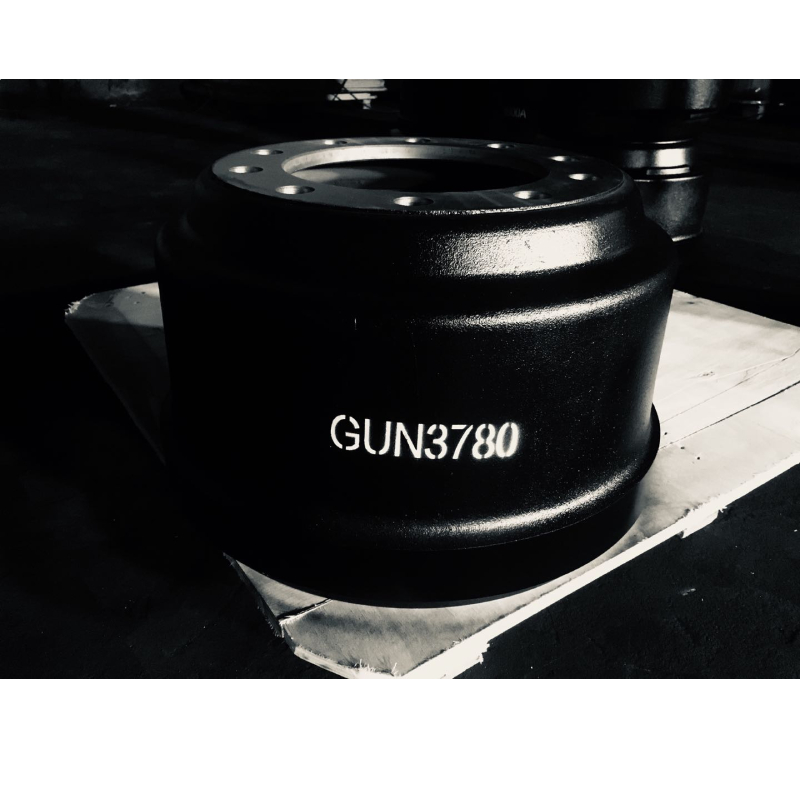12 月 . 04, 2024 09:46 Back to list
brake drum shoe
Understanding Brake Drum Shoes Key Components of Vehicle Safety
When it comes to vehicle safety, one of the crucial components that often goes unnoticed is the brake system, particularly the brake drum shoes. These parts play a vital role in ensuring that a vehicle stops effectively when required. In this article, we will explore the function, types, maintenance, and importance of brake drum shoes in automotive safety.
What are Brake Drum Shoes?
Brake drum shoes are essential components of the drum brake system, which is commonly used in various vehicles, particularly older models. Unlike disc brakes, where hydraulic pressure is directly applied to a rotor, drum brakes utilize a set of shoes that press against the inner surface of a spinning drum. This action generates friction, slowing down or stopping the vehicle. The shoes are typically made of a friction material, which is often embedded with materials like asbestos, though many modern vehicles now use safer alternatives.
How Do Brake Drum Shoes Work?
The operation of brake drum shoes is relatively straightforward. When the driver presses the brake pedal, hydraulic fluid is sent from the master cylinder to the wheel cylinder within the brake drum assembly. This fluid then forces the brake shoes outward against the inner surface of the drum. The friction generated between the shoes and the drum slows down the wheel's rotation.
One of the advantages of drum brakes is that they provide a greater surface area for the friction material, which can absorb heat more effectively. This is particularly useful in applications requiring sustained braking power, such as in trucks and older vehicles.
Types of Brake Drum Shoes
There are primarily two types of brake drum shoes standard and self-adjusting. Standard brake shoes require manual adjustment to ensure optimal performance as they wear down. In contrast, self-adjusting shoes automatically adjust as they wear, which helps maintain effective braking performance over time. This feature reduces the likelihood of the driver needing to make manual adjustments, enhancing convenience and safety.
brake drum shoe

Maintenance of Brake Drum Shoes
The proper maintenance of brake drum shoes is essential for vehicle safety. Over time, the friction material on the shoes will wear down, which can lead to decreased braking efficiency and increased stopping distances. Here are a few tips for ensuring their longevity and functionality
1. Regular Inspections It's crucial to have your brake system inspected regularly by a professional mechanic. They can check the thickness of the shoe material and identify any signs of wear or damage.
2. Listen for Noises If you hear squeaking or grinding noises when applying the brakes, it could indicate that the brake shoes are worn out and need replacement.
3. Check for Vibrations Unusual vibrations or pulling to one side while braking can suggest uneven wear on the shoes or further mechanical issues.
4. Monitor Brake Fluid Ensure that the brake fluid is at the appropriate level. Low fluid can affect the braking performance and may lead to misalignment of the brake components.
5. Avoid Overloading Avoid carrying excessive loads in your vehicle, as this can put additional stress on the brake system, leading to premature wear of the drum shoes and other components.
Conclusion
Brake drum shoes are an indispensable aspect of a vehicle's braking system, providing the necessary friction to ensure safety while driving. Understanding their function, types, and maintenance can empower vehicle owners to take better care of their brake systems, enhancing safety for themselves and others on the road. A proactive approach to maintenance not only prolongs the life of the brake components but also enhances the overall performance and safety of the vehicle. Always remember, when it comes to brakes, the cost of maintenance is a small price to pay compared to the value of safety.
-
Brake Drum for Kamaz Trucks Durable OEM Replacement & High Performance
NewsMay.30,2025
-
Brake Drum Man High-Quality Drum Brake & Shoe Solutions
NewsMay.30,2025
-
High-Performance Brake Drum for Kamaz Trucks Durable Drum Brake Components
NewsMay.29,2025
-
Brake Drum Man High-Quality Drum Brake Drums & Brake Shoes
NewsMay.29,2025
-
Brake Drum MAZ High-Performance & Durable Replacement Parts
NewsMay.29,2025
-
heavy truck brake drums
NewsMar.07,2025
